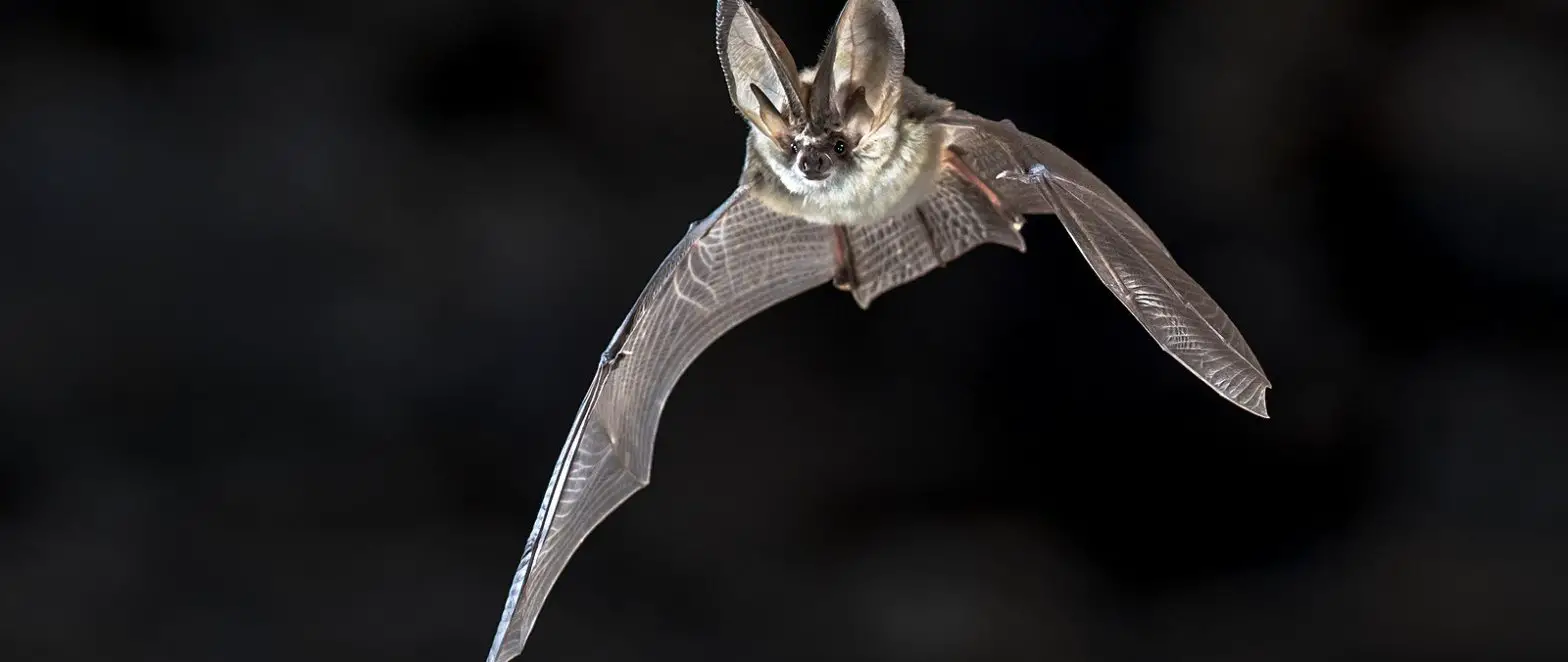In 1939, two men by the names of Bob Kane and Bill Finger gave rise to a new comic book character. Referred to by many as “the Caped Crusader”, “the World’s Greatest Detective”, and “the Dark Knight”, their character Batman has now been around for 73 years.
But why was the bat the model for a superhero?
It has been suggested that Bruce Wayne, Batman’s secret identity, chose the animal based on its characteristics. The bat is a night dweller that hunts when the sun goes down much like the Dark Knight. The bat is also the only mammal, or species for that matter, that can truly fly. Its forelimbs form webbed wings making it the only animal that can truly sustain flight without the need to flap its wings.
What makes the bat most incredible is its immunity. And, perhaps Bruce Wayne knew this secret to.The bat is one of the oldest living mammals, living on average to 20 to 30 years of age. In fact, the oldest bat ever captured died at the ripe age of 39. What is most astonishing is its ability to withstand a myriad of diseases such as Ebola and cancer through the course of its lifespan.
This reality has peaked the interest of longevity scientists and has resulted in research that seeks the key to the bat’s super immunity powers. The volume of published scientific research on bat viruses has doubled in the past decade. Scientists have been startled by how well bat biology responds to the genetic wear that causes aging and disease.
One study, entitled the “Hendra Outbreak”, linked bats to the death of horse trainer Vic Rail and 14 of his horses. The bats had long carried and been immune to the disease which infected the horses.
Bats’ true super power is DNA repair.
Linfa Wang, 53, director of the emerging infectious disease program at the Duke-NUS graduate medical school in Singapore suggests, “If the science is as true as we think it is, we can unlock the mechanisms and it can have a huge, huge impact.”
Wang’s research seeks to understand bat biology and unlock its secrets and apply them to humans.

